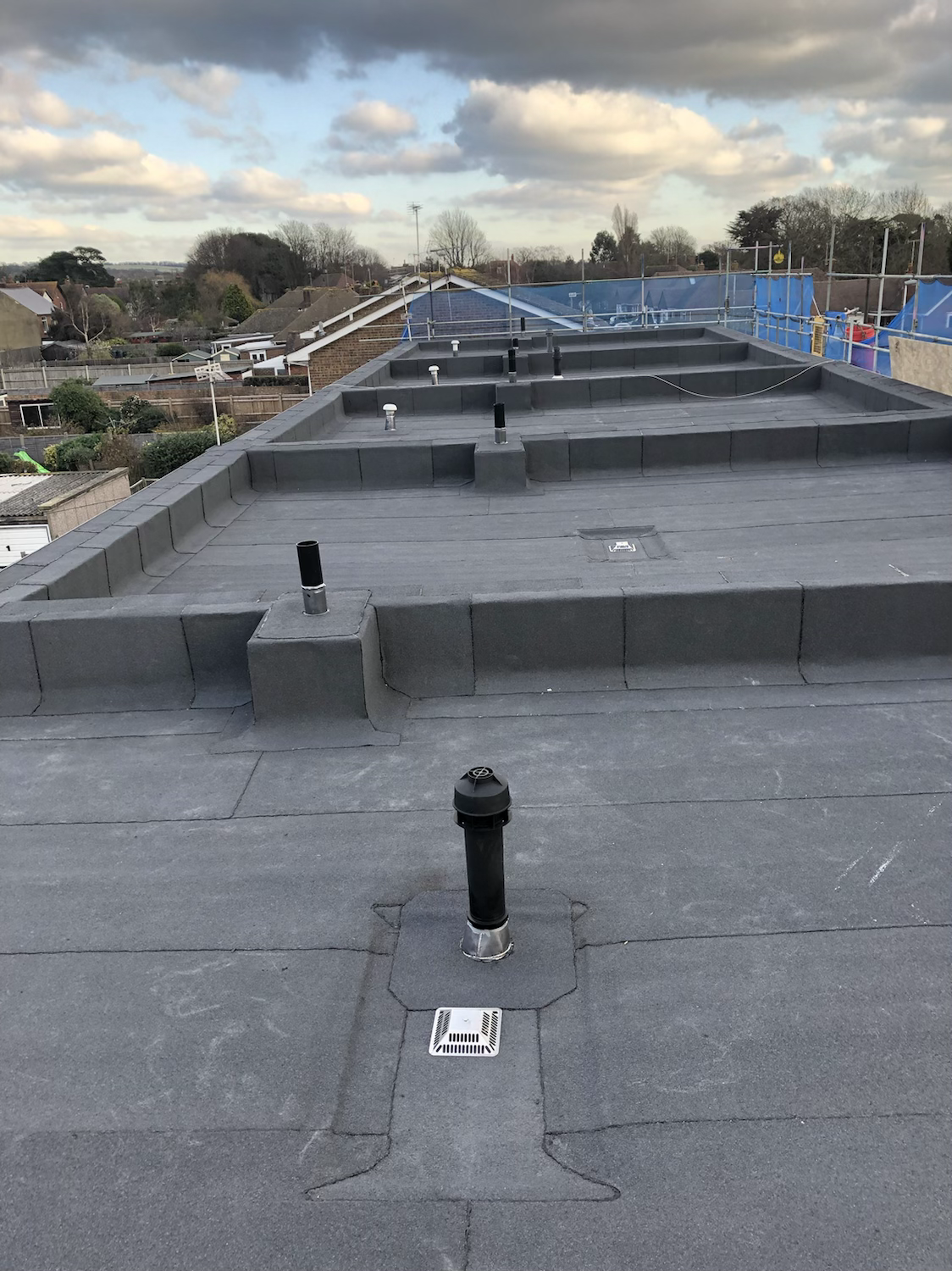Unknown Ways to Effectively Address Water on Your Flat Roof: A Professional HOW-TO Guide
- Matt Rayner

- Oct 14, 2024
- 3 min read
Flat roofs are a popular choice for many homeowners due to their sleek appearance and efficient use of space. However, they often struggle with water accumulation. Unlike sloped roofs that allow water to drain away effortlessly, flat roofs can retain water, leading to potential damage and costly repairs if not managed properly. In this guide, we will explore effective and lesser-known methods for addressing water on your flat roof to ensure its longevity and performance.

Understanding Water Accumulation
Water accumulation on a flat roof is a common issue. Factors such as poor drainage systems, debris, and structural problems contribute to this situation. According to the National Roofing Contractors Association, nearly 60% of flat roofs experience water pooling, leading to long-term damage if not addressed. Identifying the causes of water retention is crucial in finding effective solutions.
Assess the Situation
Taking a close look at your flat roof is the first step.
Walk the Roof: Look for areas where water tends to pool, usually in low spots or near drains.
Inspect Damage: Check for signs like cracks, blisters, or sagging. For example, a blister larger than 4 inches could indicate a serious issue requiring immediate attention.
Document Your Findings: Keep a record of any problems you discover. This information will guide your next steps.
Cleaning the Roof Surface
Regular cleaning of your roof can significantly reduce water accumulation.
Here’s how to do it effectively:
Gather Your Supplies: Equip yourself with a broom or a leaf blower, a hose, and a pressure washer for stubborn debris. Don’t forget safety gear like gloves and non-slip shoes.
Clear Debris: Remove leaves, twigs, and dirt that can block drainage. Consider that just 1 pound of leaves or debris can create pooling issues.
Inspect for Damage: While cleaning, check for any damaged areas such as cracks or separation. Address these issues as soon as possible.
Inspecting and Repairing Drainage Systems
An effective drainage system is critical for flat roofs.
Steps to Ensure Proper Functionality:
Check Drains and Scuppers: Ensure they’re clear and unobstructed. Regular checks can prevent a potential 20% increase in water pooling.
Evaluate Gutters: If integrated gutters are present, ensure they are clog-free. According to the American Society of Home Inspectors, gutters in disrepair can lead to water damage in 30% of cases.
Consider Adding More Drains: If pooling continues, installing additional drains may be necessary. A professional can help determine the optimal placement based on your specific roof design.
Implementing a Sloped Surface
Creating a slight slope can be a long-term solution for persistent water issues.
Steps to Take:
Consult a Roofing Specialist: Expert evaluation is crucial to determine if a slope can be added safely without compromising the structure.
Use Tapered Insulation: Installing tapered insulation helps guide water towards drains. This method can reduce water retention by up to 50% when done correctly.
Regular Maintenance: After modifications, consistently check for debris and evaluate the drainage systems to ensure they remain effective.
Temporary Solutions for Immediate Problems
In urgent situations, quick fixes can provide relief until long-term solutions are in place.
Options Include:
Wet/Dry Vacuum: This tool can remove standing water, providing an immediate, though temporary, fix.
Tarps: During leaks, tarps can reroute water and protect areas of concern until repairs can be made.
Sealants: Waterproof sealants may temporarily help with small leaks. However, plan for proper repairs in the near future as this is not a permanent fix.
Consulting with Professionals
When water accumulation becomes a consistent problem, consulting a roofing expert can provide peace of mind.
Benefits of Professional Help:
Expert Evaluation: Roof specialists can assess issues that may go unnoticed and offer tailored recommendations.
Repairs and Upgrades: They can propose necessary upgrades for your drainage system and suggest materials that perform better under water-related stress.
Scheduled Inspections: Having a routine inspection can catch potential problems early. Professional advice can help set up an effective maintenance plan for your roof.
Final Thoughts
Effectively addressing water on a flat roof requires attention and action. By regularly cleaning the surface, inspecting drainage systems, and implementing structural solutions, you can manage water accumulation efficiently. While temporary measures can provide immediate relief, working with professionals will help ensure your roof remains in top condition.
Taking these steps will protect your investment and extend the functionality and lifespan of your flat roof. Keep your roof a reliable barrier against storms and ensure it stands resilient for years to come.





Comments